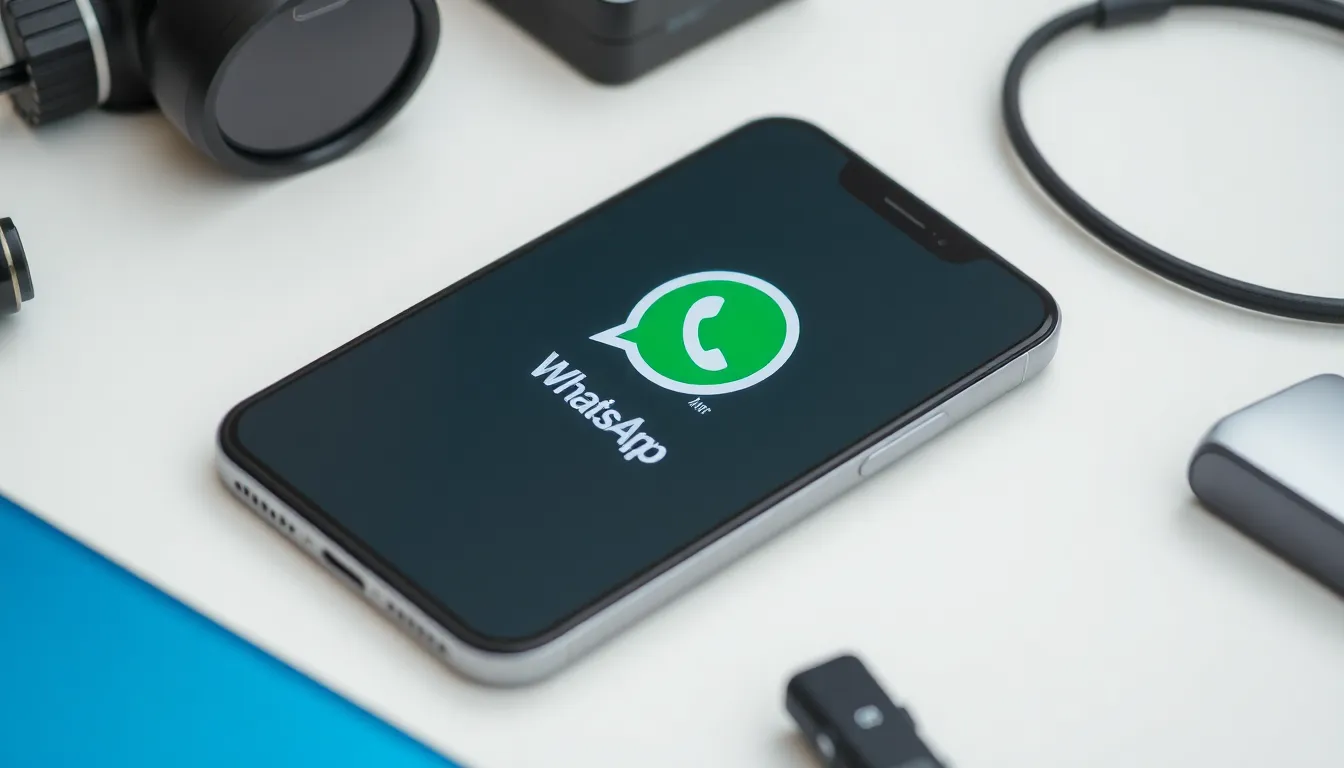Despite being one of the most valuable relief programs for businesses during COVID-19, Employee Retention Credits (ERC) are still widely misunderstood. Misconceptions about how the program works, who qualifies, and whether it’s still available have caused many companies to miss out on substantial refunds. Clearing up these myths is essential to ensure businesses don’t leave money on the table.
Myth 1: “It’s too late to claim Employee Retention Credits”
Reality: While no new wages qualify beyond 2021, you can still claim ERC retroactively. The IRS allows amended payroll tax returns for up to three years after the original filing date, meaning you may have until 2024 or 2025 to secure your refund. Many businesses are still filing today and receiving six-figure checks.
Myth 2: “You can’t claim ERC if you took a PPP loan”
Reality: You can claim both programs—you just can’t use the same wages for each. Careful wage allocation between PPP forgiveness and Employee Retention Credits often allows businesses to benefit from both.
Myth 3: “Only businesses that closed qualify”
Reality: Full closure isn’t required. If your operations were partially suspended due to a COVID-19-related government order—such as capacity limits, restricted services, or supply chain disruptions—you may still qualify.
Myth 4: “ERC is a loan that must be repaid”
Reality: Employee Retention Credits are a refundable payroll tax credit. The IRS issues a refund check, and there’s no repayment obligation, interest, or usage restriction. Once you receive the funds, they are yours to keep.
Myth 5: “My business didn’t lose enough revenue”
Reality: Revenue decline is just one of the two main eligibility paths. The government order test can qualify businesses even without significant revenue drops. Many companies that stayed profitable during the pandemic still qualify under this rule.
Myth 6: “Claiming ERC will trigger an audit”
Reality: Filing for Employee Retention Credits is a legitimate process outlined by the IRS. As long as you provide accurate calculations, supporting documentation, and proof of eligibility, your claim is valid. While the IRS can review any credit claim, this is standard procedure—not a penalty.
Why Myths Persist
The ERC program underwent multiple rule changes between 2020 and 2021, leading to confusion among business owners and even some accountants. Misinformation from early program stages still circulates, causing businesses to make decisions based on outdated or incomplete facts.
How to Avoid Falling for ERC Misunderstandings
- Stay Informed: Rely on updated IRS guidance or experienced ERC specialists.
- Review Both Eligibility Paths: Don’t rely solely on revenue decline.
- Document Everything: Keep records of revenue comparisons, payroll data, and government orders affecting your operations.
- File Before the Deadline: Waiting too long could mean losing your chance entirely.
Conclusion
Employee Retention Credits remain one of the most underutilized financial relief tools for businesses, largely because of persistent myths and misunderstandings. By separating fact from fiction, you can make an informed decision about your eligibility and potentially unlock substantial refunds. If you haven’t reviewed your ERC potential yet, now is the time—before the filing window closes and the opportunity disappears.



